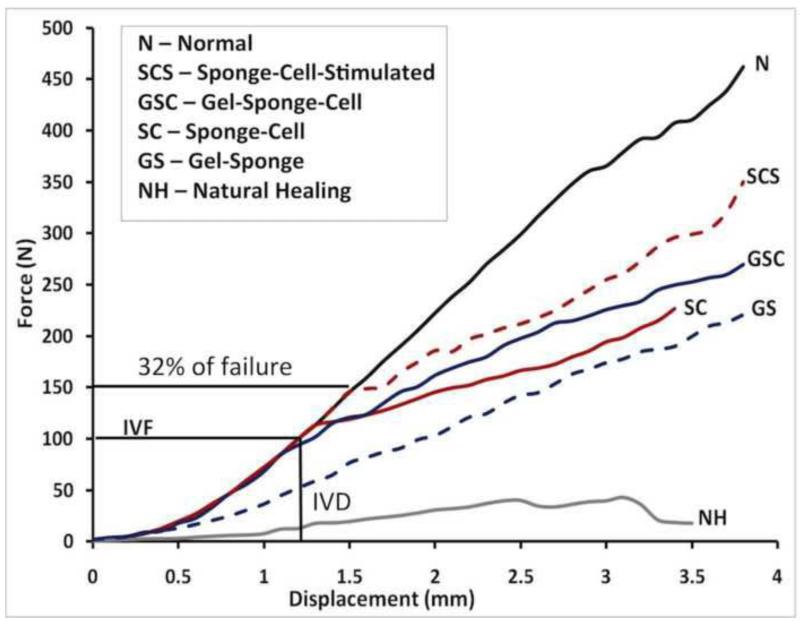Fig. 1. Our laboratory’s iterative efforts to improve tendon repair in a rabbit central patellar tendon defect model using a functional tissue engineering approach.
Natural healing (NH) resulted in significantly inferior biomechanical outcomes when compared to the normal uninjured tendon (N). Over the next decade, we developed tissue-engineered constructs (TECs) for augmenting tendon healing by incorporating cells, collagen scaffolds and in vitro tensile stimulation. Our best TEC repair (denoted as SCS) consisted of a collagen sponge, a mesenchymal stem cell population, and in vitro tensile stimulation, achieving 32% of normal patellar tendon failure force and exceeding tangent stiffness for activities of daily living. Adapted with permission from (Butler et al., 2008).

